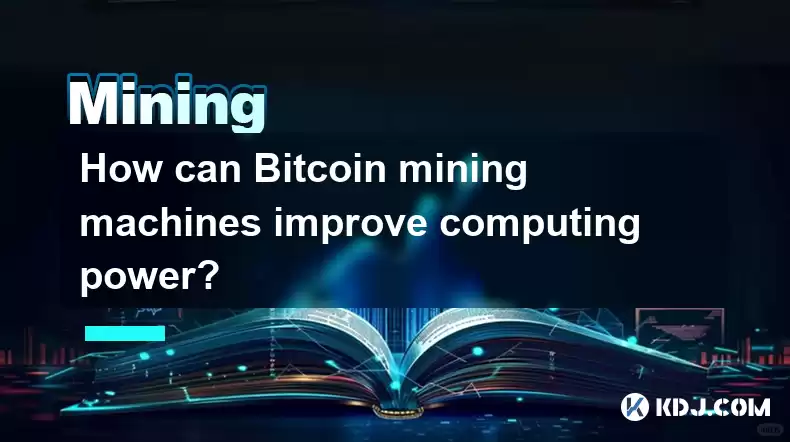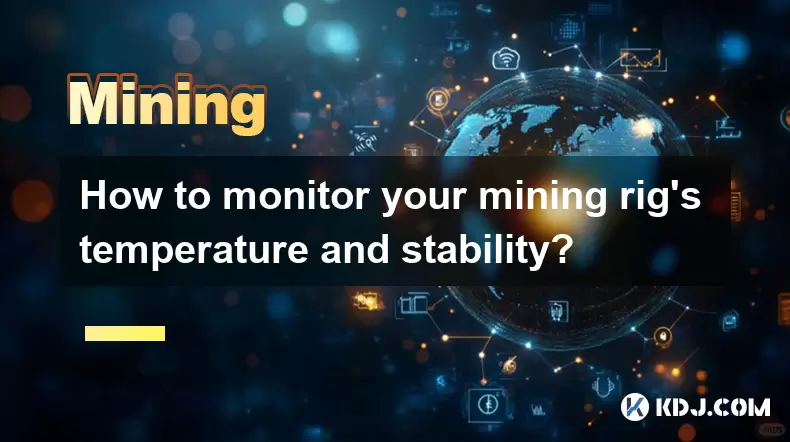-
 Bitcoin
Bitcoin $116400
-0.36% -
 Ethereum
Ethereum $4033
3.40% -
 XRP
XRP $3.302
-1.26% -
 Tether USDt
Tether USDt $1.000
-0.02% -
 BNB
BNB $796.1
1.67% -
 Solana
Solana $177.8
1.89% -
 USDC
USDC $0.9999
0.00% -
 Dogecoin
Dogecoin $0.2314
4.09% -
 TRON
TRON $0.3381
0.14% -
 Cardano
Cardano $0.7989
1.22% -
 Stellar
Stellar $0.4496
-1.84% -
 Chainlink
Chainlink $20.42
9.42% -
 Hyperliquid
Hyperliquid $41.17
0.88% -
 Sui
Sui $3.914
3.77% -
 Bitcoin Cash
Bitcoin Cash $584.7
1.52% -
 Hedera
Hedera $0.2632
-0.54% -
 Avalanche
Avalanche $24.09
3.40% -
 Ethena USDe
Ethena USDe $1.001
-0.02% -
 Litecoin
Litecoin $123.2
1.33% -
 Toncoin
Toncoin $3.318
-0.04% -
 UNUS SED LEO
UNUS SED LEO $8.984
-0.05% -
 Shiba Inu
Shiba Inu $0.00001323
2.85% -
 Uniswap
Uniswap $10.90
4.41% -
 Polkadot
Polkadot $3.999
3.34% -
 Dai
Dai $1.000
0.01% -
 Cronos
Cronos $0.1630
9.64% -
 Bitget Token
Bitget Token $4.484
0.82% -
 Monero
Monero $272.4
2.44% -
 Pepe
Pepe $0.00001173
6.03% -
 Aave
Aave $290.8
2.88%
How can Bitcoin mining machines improve computing power?
By optimizing clock speed, voltage, firmware, cooling, and software configurations, mining enthusiasts can significantly enhance the computing power of their Bitcoin mining machines and increase their chances of earning rewards.
Feb 26, 2025 at 04:19 am

Key Points:
- Understand the role of ASICs in Bitcoin mining.
- Identify the factors that influence computing power in Bitcoin mining machines.
- Explore the various methods to enhance computing power for Bitcoin mining.
- Evaluate the trade-offs associated with different approaches.
- Discuss the impact of Moore's Law on Bitcoin mining hardware advancement.
Improving Computing Power of Bitcoin Mining Machines
Bitcoin mining involves a competitive process where miners solve complex mathematical puzzles to verify transactions and add new blocks to the blockchain. The computing power of a mining machine plays a crucial role in its ability to solve these puzzles quickly and efficiently. Here are several strategies to improve the computing power of Bitcoin mining machines:
- Choosing the Right ASICs: Application-specific integrated circuits (ASICs) are specialized hardware chips designed for Bitcoin mining. These chips offer superior performance and energy efficiency compared to general-purpose processors. When selecting ASICs, consider their hash rate, power consumption, and reliability. Different manufacturers produce ASICs with varying specifications, and choosing the most suitable ones can significantly boost computing power.
- Optimizing Clock Speed and Voltage: The clock speed of an ASIC determines how many computations it can perform per second. Increasing the clock speed can enhance computing power, but it also leads to higher power consumption and heat generation. Carefully adjust the clock speed and voltage to find the optimal balance between performance and energy efficiency. Overclocking, while tempting for performance gains, must be done cautiously to avoid damaging the ASICs.
- Modifying Firmware: The firmware of an ASIC controls its operation and performance. By modifying the firmware, you can fine-tune settings such as hash rate, fan speed, and temperature control. Custom firmware can optimize the ASIC's behavior for specific mining conditions, potentially increasing computing power. However, firmware modifications can be complex and should only be attempted by experienced users.
- Cooling System Enhancements: Heat dissipation is critical for maintaining the performance and longevity of ASICs. Ensure your mining machines have adequate cooling systems to prevent overheating. Install high-quality fans or water-cooling solutions to efficiently remove heat from the ASICs. Proper cooling can not only enhance computing power but also extend the lifespan of your mining hardware.
- Multi-Rig Configuration: Combining multiple mining machines into a single rig can significantly increase computing power. By connecting several ASICs to a common controller, you can leverage their collective computational capabilities. However, multi-rig configurations require proper setup, power supply, and cooling to ensure stability and optimal performance.
- Pool Mining: Joining a mining pool involves combining your computing power with that of other miners. The pool distributes the mining tasks among participants, and rewards are shared based on the contributed computing power. Pool mining can increase your chances of finding blocks and earning rewards, effectively enhancing your overall computing power.
- Advanced Software Configuration: Aside from hardware optimizations, software configurations can also influence computing power. Experiment with different mining software, tweak settings related to thread count, memory allocation, and workload distribution. By optimizing these parameters, you can maximize the efficiency of your mining operations and improve computing power.
FAQs:
Q: How does Moore's Law affect Bitcoin mining hardware?
A: Moore's Law predicts that the number of transistors on integrated circuits doubles approximately every two years. As ASIC manufacturers incorporate this advancement, newer generations of Bitcoin mining machines typically offer higher hash rates and improved energy efficiency.
Q: What are the trade-offs of overclocking ASICs?
A: Overclocking ASICs can significantly increase computing power but comes with potential drawbacks. Higher clock speeds lead to increased heat generation, which if not properly managed, can shorten the lifespan of ASICs. Additionally, overclocking may void manufacturer warranties.
Q: How can I optimize cooling for Bitcoin mining machines?
A: Ensure adequate airflow around the ASICs by installing high-quality fans or water-cooling systems to efficiently dissipate heat. Monitor the temperature of your machines closely and make necessary adjustments to maintain optimal operating conditions.
Q: What are the advantages of pool mining?
A: Pool mining allows miners to combine their computing power, increasing their chances of finding blocks and earning rewards. It also reduces the volatility of earnings compared to solo mining. However, pool mining involves sharing rewards with other participants, potentially reducing individual earnings.
Disclaimer:info@kdj.com
The information provided is not trading advice. kdj.com does not assume any responsibility for any investments made based on the information provided in this article. Cryptocurrencies are highly volatile and it is highly recommended that you invest with caution after thorough research!
If you believe that the content used on this website infringes your copyright, please contact us immediately (info@kdj.com) and we will delete it promptly.
- HAT Token Mania: Price Surges, Crypto Auctions, and Meme Coin Mayhem
- 2025-08-09 11:10:11
- Undervalued Cryptos Primed for a 2025 Takeoff: MAGACOIN, TRX, and SUI Lead the Pack
- 2025-08-09 11:10:11
- Bitcoin Goes to Harvard: Ivy League Embraces Digital Assets
- 2025-08-09 10:50:12
- Bitcoin, BlockDAG, and Toncoin: Decoding the Crypto Buzz in NYC
- 2025-08-09 11:30:11
- XRP, Pi Network, and Binance Listing Buzz: What's the Hype?
- 2025-08-09 11:30:11
- Arctic Pablo Coin: The Meme Coin Presale Promising High ROI in Q3 2025
- 2025-08-09 10:50:12
Related knowledge

What is "proof-of-work" and how does it relate to mining?
Aug 07,2025 at 02:03pm
Understanding the Concept of Proof-of-WorkProof-of-work (PoW) is a consensus mechanism used in blockchain networks to validate transactions and secure...

What are the differences between mining on Windows vs. Linux?
Aug 06,2025 at 11:29pm
Overview of Cryptocurrency Mining PlatformsCryptocurrency mining involves using computational power to solve complex cryptographic puzzles and validat...

How to use an old computer for cryptocurrency mining?
Aug 07,2025 at 12:42pm
Understanding the Feasibility of Using an Old Computer for MiningUsing an old computer for cryptocurrency mining may seem outdated, but it is still te...

Can you mine cryptocurrency using solar power?
Aug 07,2025 at 12:00am
Understanding the Basics of Cryptocurrency MiningCryptocurrency mining involves validating transactions on a blockchain network by solving complex cry...

How to monitor your mining rig's temperature and stability?
Aug 09,2025 at 09:43am
Understanding the Importance of Temperature Monitoring in Mining RigsMaintaining optimal temperature levels in a mining rig is essential for long-term...

How to build a mining rig inside a PC case?
Aug 06,2025 at 11:01pm
Understanding the Basics of a Mining Rig in a PC CaseBuilding a mining rig inside a PC case involves transforming a standard computer chassis into a d...

What is "proof-of-work" and how does it relate to mining?
Aug 07,2025 at 02:03pm
Understanding the Concept of Proof-of-WorkProof-of-work (PoW) is a consensus mechanism used in blockchain networks to validate transactions and secure...

What are the differences between mining on Windows vs. Linux?
Aug 06,2025 at 11:29pm
Overview of Cryptocurrency Mining PlatformsCryptocurrency mining involves using computational power to solve complex cryptographic puzzles and validat...

How to use an old computer for cryptocurrency mining?
Aug 07,2025 at 12:42pm
Understanding the Feasibility of Using an Old Computer for MiningUsing an old computer for cryptocurrency mining may seem outdated, but it is still te...

Can you mine cryptocurrency using solar power?
Aug 07,2025 at 12:00am
Understanding the Basics of Cryptocurrency MiningCryptocurrency mining involves validating transactions on a blockchain network by solving complex cry...

How to monitor your mining rig's temperature and stability?
Aug 09,2025 at 09:43am
Understanding the Importance of Temperature Monitoring in Mining RigsMaintaining optimal temperature levels in a mining rig is essential for long-term...

How to build a mining rig inside a PC case?
Aug 06,2025 at 11:01pm
Understanding the Basics of a Mining Rig in a PC CaseBuilding a mining rig inside a PC case involves transforming a standard computer chassis into a d...
See all articles

























































































